Charlie Mydlarz
Infrastructure-free, Deep Learned Urban Noise Monitoring at $\sim$100mW
Mar 11, 2022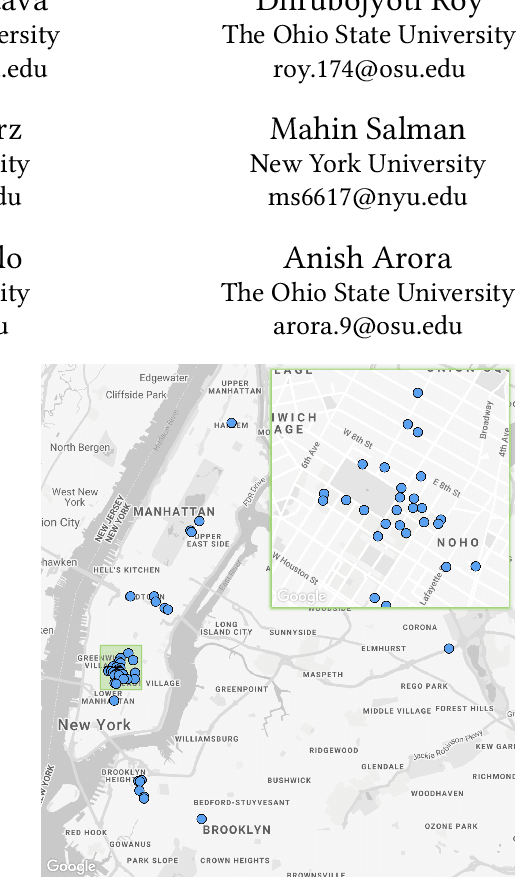



Abstract:The Sounds of New York City (SONYC) wireless sensor network (WSN) has been fielded in Manhattan and Brooklyn over the past five years, as part of a larger human-in-the-loop cyber-physical control system for monitoring, analyzing, and mitigating urban noise pollution. We describe the evolution of the 2-tier SONYC WSN from an acoustic data collection fabric into a 3-tier in situ noise complaint monitoring WSN, and its current evaluation. The added tier consists of long-range (LoRa), multi-hop networks of a new low-power acoustic mote, MKII ("Mach 2"), that we have designed and fabricated. MKII motes are notable in three ways: First, they advance machine learning capability at mote-scale in this application domain by introducing a real-time Convolutional Neural Network (CNN) based embedding model that is competitive with alternatives while also requiring 10$\times$ lesser training data and $\sim$2 orders of magnitude fewer runtime resources. Second, they are conveniently deployed relatively far from higher-tier base station nodes without assuming power or network infrastructure support at operationally relevant sites (such as construction zones), yielding a relatively low-cost solution. And third, their networking is frequency agile, unlike conventional LoRa networks: it tolerates in a distributed, self-stabilizing way the variable external interference and link fading in the cluttered 902-928MHz ISM band urban environment by dynamically choosing good frequencies using an efficient new method that combines passive and active measurements.
SONYC-UST-V2: An Urban Sound Tagging Dataset with Spatiotemporal Context
Sep 11, 2020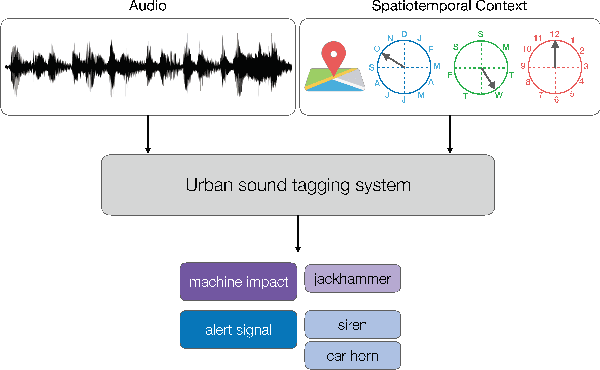
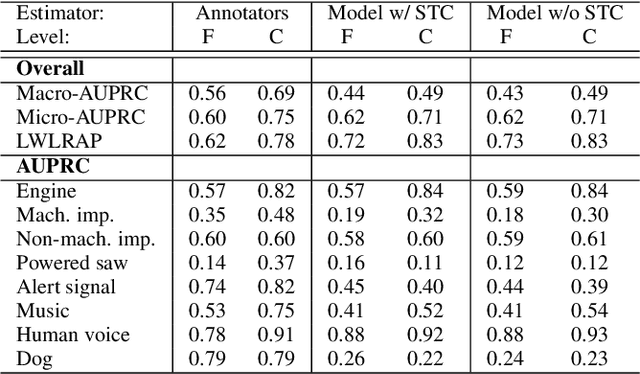
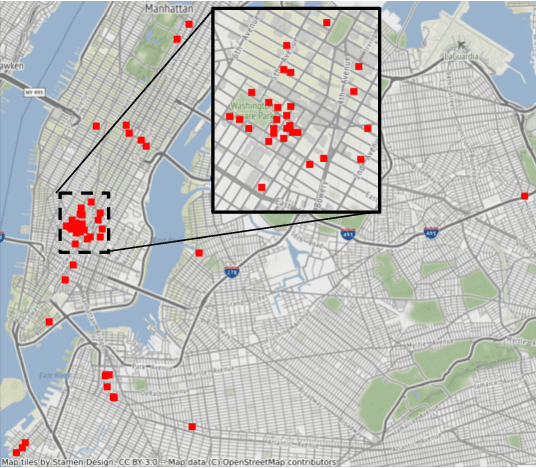
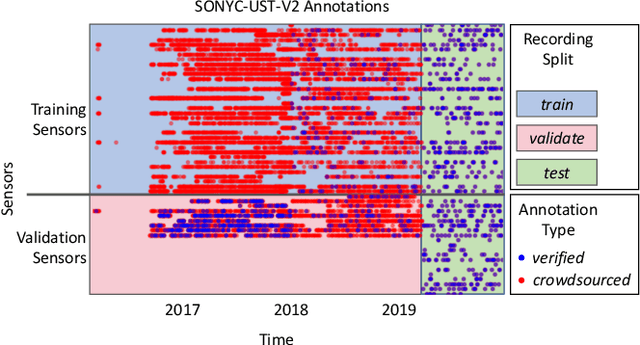
Abstract:We present SONYC-UST-V2, a dataset for urban sound tagging with spatiotemporal information. This dataset is aimed for the development and evaluation of machine listening systems for real-world urban noise monitoring. While datasets of urban recordings are available, this dataset provides the opportunity to investigate how spatiotemporal metadata can aid in the prediction of urban sound tags. SONYC-UST-V2 consists of 18510 audio recordings from the "Sounds of New York City" (SONYC) acoustic sensor network, including the timestamp of audio acquisition and location of the sensor. The dataset contains annotations by volunteers from the Zooniverse citizen science platform, as well as a two-stage verification with our team. In this article, we describe our data collection procedure and propose evaluation metrics for multilabel classification of urban sound tags. We report the results of a simple baseline model that exploits spatiotemporal information.
 Add to Chrome
Add to Chrome Add to Firefox
Add to Firefox Add to Edge
Add to Edge